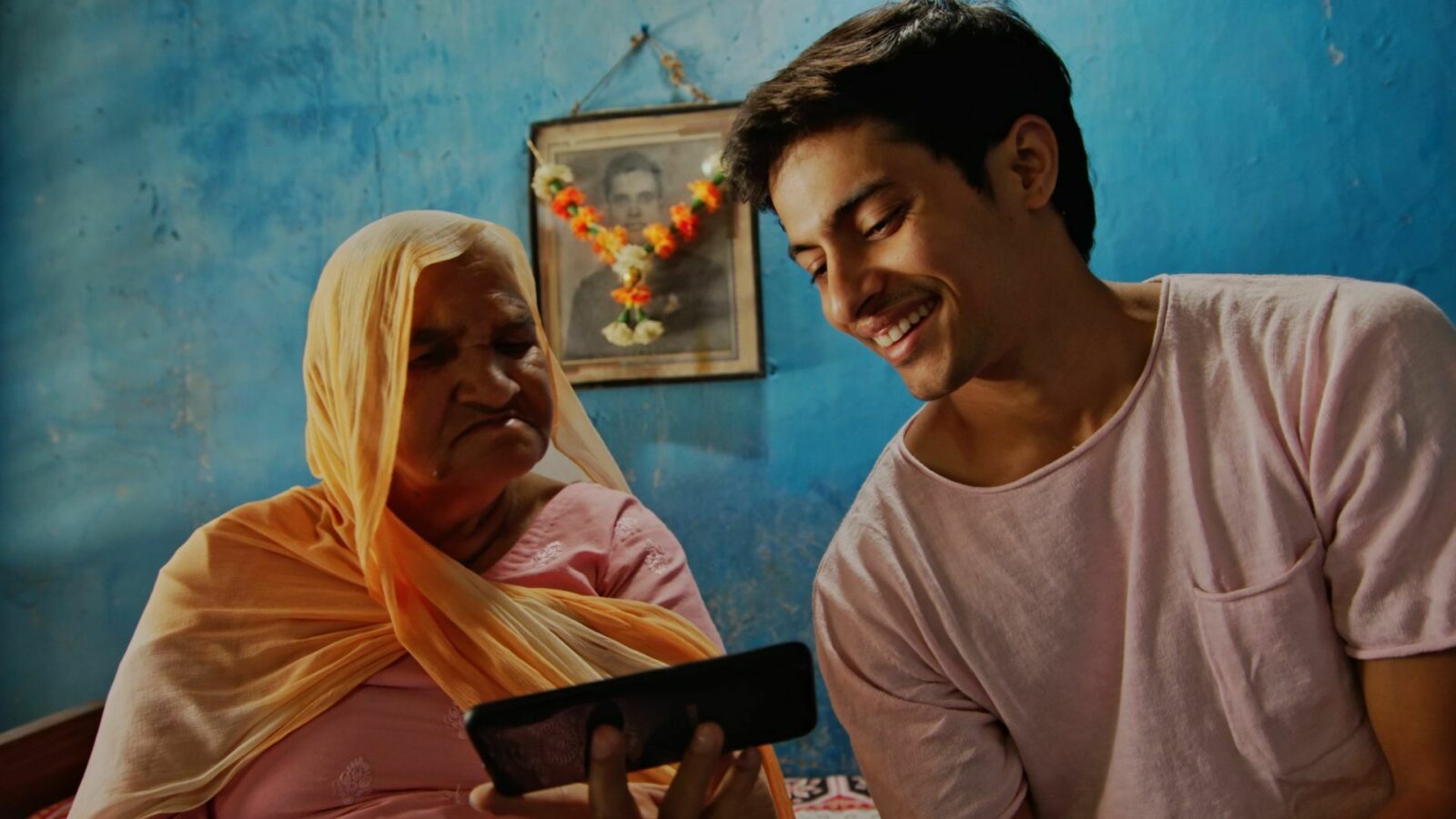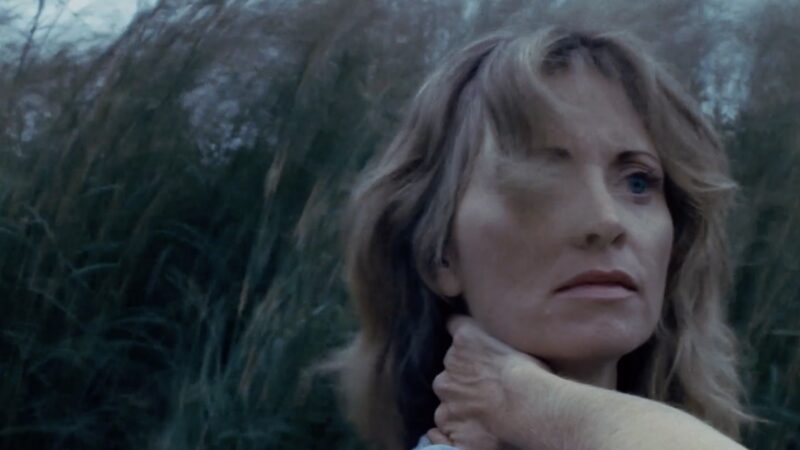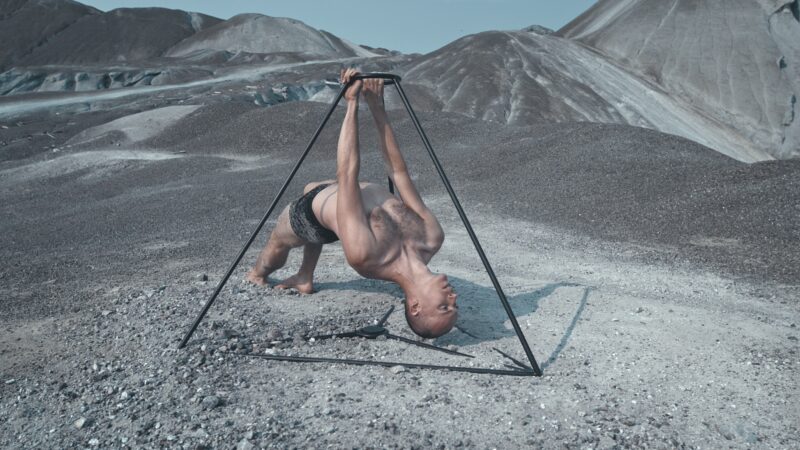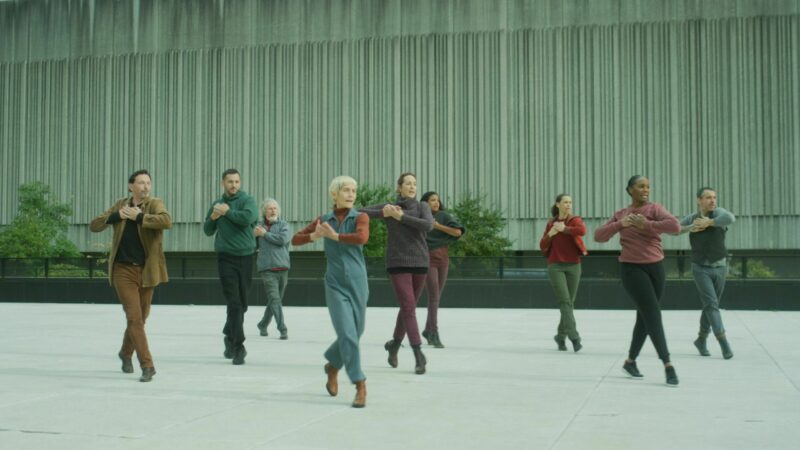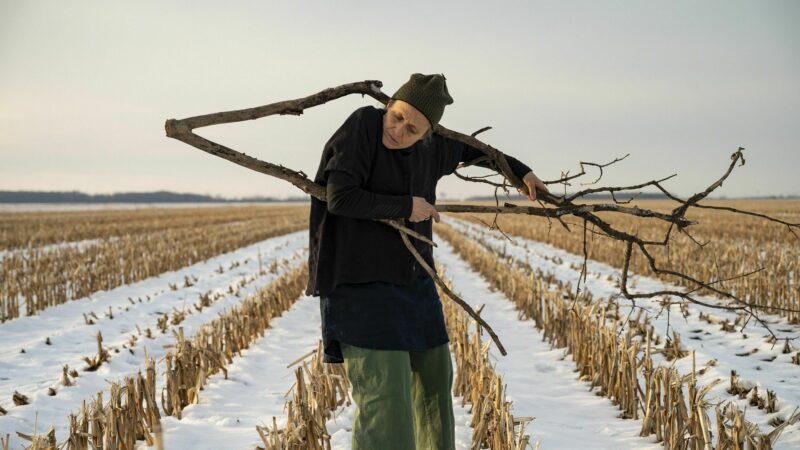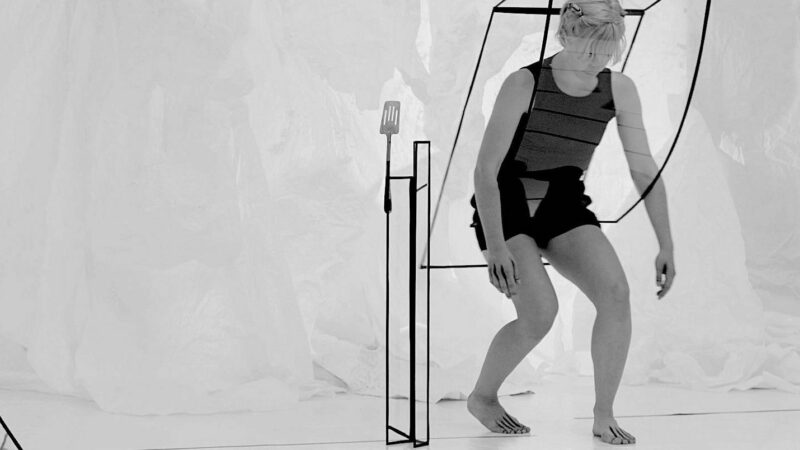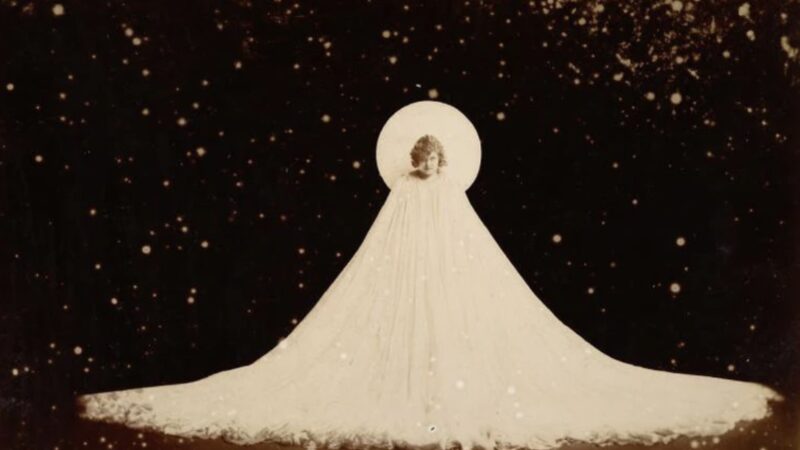
Presented only in theatres
Selected all over the world for an impressive number of festivals, Call Me Dancer chronicles the story of Manish, a talented street dancer from Mumbai who dreams of turning professional despite his financially struggling parents’ opposition. This captivating and moving story eloquently traces the journey of a young man grappling with poverty, determination and his passion for dance. The filmmakers follows him for years, capturing every key moment of his artistic and personal development.
Word of direction
This is a story that found me. I have been working in documentary film as a producer since I retired from my professional career in dance — but I had never directed a film. When Yehuda Ma’or contacted me, I couldn’t resist the chance to do this.
During my life as a ballet dancer, my path crossed his many times: I saw Yehuda perform in Israel as a principal dancer with the Bat-Dor Dance Company, and I took his master classes in San Francisco and New York.
Yehuda was a respected and dynamic ballet instructor who taught some of the greatest dancers of our time, Rudolf Nureyev, Natalia Makarova and many others. At the age of 70 his career was in decline and he had become a solitary man whose gruff manner and demands for athletic and artistic excellence intimidated younger students. Then his life changed when he was offered a job at the Danceworx Academy in Mumbai. The founder of the dance school, Ashley Lobo, describes the special teacher/student relationship one finds in India, “In India we have a very rich tradition of Guru-shishya parampara..which is you respect the guru. Yehuda received the love and respect of the students which he would never get anywhere overseas.” He started working with dancers who were eager for his knowledge.
Yehuda approached me to make this documentary, because he knows that as a dancer and filmmaker, I could offer an insider’s sensitivity and perspective. Dance films are typically created by people looking into our world from the outside. They convey the difficulty of the profession but what is often lost is the passion and inner joy that pushes dancers past the pain. It became clear to me that in the larger worlds of dance and film there was nobody who could bring this story to life the way I could.
Dancers are intensely focused, insular athletes who feel most comfortable among themselves and in a dance studio. Yehuda gave me complete access to his students and their worlds and allowed me to shine a light, and my camera, into their inner life.
Ballet has historically been dominated by those with means. Access to the top levels of ballet are not just limited to those with talent but those who can afford to sacrifice aspects of normal life to pursue their dreams of becoming professional dancers. Even my own journey was financially supported by my grandparents, a path my parents couldn’t afford raising three kids. Today, this has only marginally changed. These obstacles are even more pronounced for many of Yehuda’s students who come from backgrounds where dance has never existed beyond the scope of cultural expression and celebration. Let alone as a profession. But once one is bitten by the passion to dance, nothing else matters. The central character Manish Chauhan, stood out for his talent, his discipline and commitment regardless of the challenges.
At first glance this story is a cross between Billy Elliot and The Karate Kid. But whereas these films focus on the change in the pupil, this film is also the story of the teacher’s transformation: Yehuda is an isolated curmudgeon at the end of a storied career who finds his life redeemed in India by students who offer respect and love for him as a teacher and have become his family.
Because of the short life-span of a dancer, time and injury are one’s biggest enemies. During our filming, Manish was badly injured and it was unclear if he would recover and dance again. Then COVID hit and it, too, devastated the careers of upcoming dancers. As an athlete one cannot stop training for one or two years. It was Manish’s passion and doggedness that kept him going, refusing to give up. In a grueling, underpaid profession these intense, dedicated artists would choose no other path.
I gathered a talented international team made up of brilliant Indian professionals with insights into the culture and socio-economic reality of Mumbai that I myself could not have.
Arts can change lives. Art can act as an instrument for eradicating boundaries, whether socio-economic, religious or national. Artists speak a language that anyone can understand — even when it’s not verbal. This is the story of how boundless determination and unremitting effort can lead to success in any endeavor — a story that I hope inspires people across the globe to push beyond their limits to follow their dreams.
- Leslie Shampaine
Selected all over the world for an impressive number of festivals, Call Me Dancer chronicles the story of Manish, a talented street dancer from Mumbai who dreams of turning professional despite his financially struggling parents’ opposition. This captivating and moving story eloquently traces the journey of a young man grappling with poverty, determination and his passion for dance. The filmmakers follows him for years, capturing every key moment of his artistic and personal development.
Word of direction
This is a story that found me. I have been working in documentary film as a producer since I retired from my professional career in dance — but I had never directed a film. When Yehuda Ma’or contacted me, I couldn’t resist the chance to do this.
During my life as a ballet dancer, my path crossed his many times: I saw Yehuda perform in Israel as a principal dancer with the Bat-Dor Dance Company, and I took his master classes in San Francisco and New York.
Yehuda was a respected and dynamic ballet instructor who taught some of the greatest dancers of our time, Rudolf Nureyev, Natalia Makarova and many others. At the age of 70 his career was in decline and he had become a solitary man whose gruff manner and demands for athletic and artistic excellence intimidated younger students. Then his life changed when he was offered a job at the Danceworx Academy in Mumbai. The founder of the dance school, Ashley Lobo, describes the special teacher/student relationship one finds in India, “In India we have a very rich tradition of Guru-shishya parampara..which is you respect the guru. Yehuda received the love and respect of the students which he would never get anywhere overseas.” He started working with dancers who were eager for his knowledge.
Yehuda approached me to make this documentary, because he knows that as a dancer and filmmaker, I could offer an insider’s sensitivity and perspective. Dance films are typically created by people looking into our world from the outside. They convey the difficulty of the profession but what is often lost is the passion and inner joy that pushes dancers past the pain. It became clear to me that in the larger worlds of dance and film there was nobody who could bring this story to life the way I could.
Dancers are intensely focused, insular athletes who feel most comfortable among themselves and in a dance studio. Yehuda gave me complete access to his students and their worlds and allowed me to shine a light, and my camera, into their inner life.
Ballet has historically been dominated by those with means. Access to the top levels of ballet are not just limited to those with talent but those who can afford to sacrifice aspects of normal life to pursue their dreams of becoming professional dancers. Even my own journey was financially supported by my grandparents, a path my parents couldn’t afford raising three kids. Today, this has only marginally changed. These obstacles are even more pronounced for many of Yehuda’s students who come from backgrounds where dance has never existed beyond the scope of cultural expression and celebration. Let alone as a profession. But once one is bitten by the passion to dance, nothing else matters. The central character Manish Chauhan, stood out for his talent, his discipline and commitment regardless of the challenges.
At first glance this story is a cross between Billy Elliot and The Karate Kid. But whereas these films focus on the change in the pupil, this film is also the story of the teacher’s transformation: Yehuda is an isolated curmudgeon at the end of a storied career who finds his life redeemed in India by students who offer respect and love for him as a teacher and have become his family.
Because of the short life-span of a dancer, time and injury are one’s biggest enemies. During our filming, Manish was badly injured and it was unclear if he would recover and dance again. Then COVID hit and it, too, devastated the careers of upcoming dancers. As an athlete one cannot stop training for one or two years. It was Manish’s passion and doggedness that kept him going, refusing to give up. In a grueling, underpaid profession these intense, dedicated artists would choose no other path.
I gathered a talented international team made up of brilliant Indian professionals with insights into the culture and socio-economic reality of Mumbai that I myself could not have.
Arts can change lives. Art can act as an instrument for eradicating boundaries, whether socio-economic, religious or national. Artists speak a language that anyone can understand — even when it’s not verbal. This is the story of how boundless determination and unremitting effort can lead to success in any endeavor — a story that I hope inspires people across the globe to push beyond their limits to follow their dreams.
- Leslie Shampaine
Overview of some festivals:
River to River Film Festival, Italy (2023)
Hampton Doc Fest, Sag Harbor, United States (2023)
DocAviv Galilee, Israel (2022)
Rehoboth Beach Independent Film Festival, United States (2022)
Dharamshala International Film Festival, India (2022)
River to River Film Festival, Italy (2023)
Hampton Doc Fest, Sag Harbor, United States (2023)
DocAviv Galilee, Israel (2022)
Rehoboth Beach Independent Film Festival, United States (2022)
Dharamshala International Film Festival, India (2022)
| Director | Leslie Shampaine, Pip Gilmour |
| Director of Photography | Neil Barrett, Abhijit Datta |
| Executive Production | Jitin Hingorani, Diana Holtzberg, John Patrick King, Jay Sean, Ori Soltes, Esther Van Messel |
| Editing | Jennifer Beman |
| Music | Nainita Desai, Nina Humphreys |
Session
• Université Concordia - J.A. de Sève, LB-125, Pavillon J. W. McConnell
Friday, march 15, 2024, 08:00 p.m. — 09:45 p.m.


Production
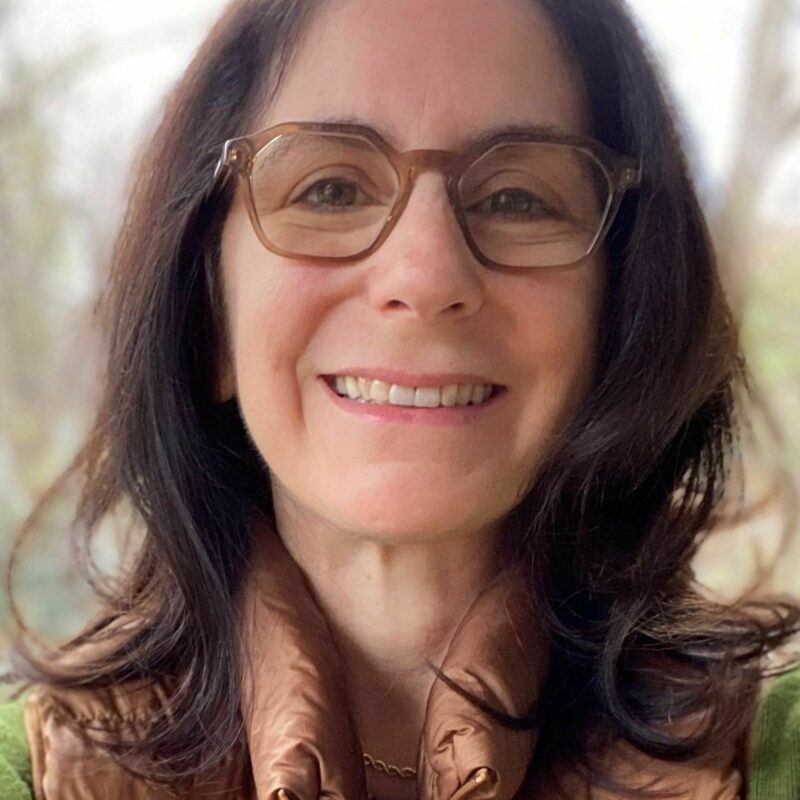
Leslie Shampaine
Leslie has been telling stories her whole life – first on stage as a professional ballet dancer over a 13-year career in the USA, Europe, and Israel. She then transitioned to screen where she produced award-winning programs for PBS, Discovery Channel, A&E, CBS and Al Jazeera. Her work ranges from documentaries to cultural and educational series and includes 8 years as part of the production team for the Emmy award-winning Kennedy Center Honors.
Biographical notes provided by the film production team
Biographical notes provided by the film production team
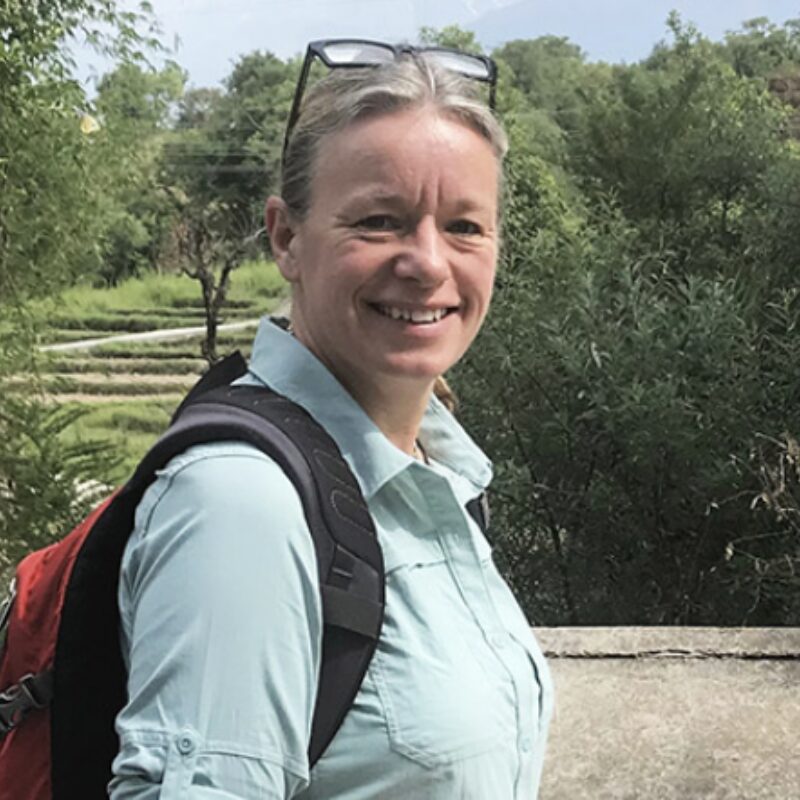
Pip Gilmour
Pip is a seasoned director, producer, & writer with the experience to generate powerful documentaries that entertain, engage and stimulate discussion. Her work has garnered her awards and top ratings from festivals and networks including New York Film Festival, Worldfest Houston Film Festival, the Television, Internet & Video Association award, Southern Shorts Film Festival, Codie Award, Peer Award, Invision Awards and others.
Biographical notes provided by the film production team
Biographical notes provided by the film production team
Minutes to Die: The World’s Ignored Health Crisis (2017)
FBI Takedowns (2015)
Cowboys & Outlaws (2009)
FBI Takedowns (2015)
Cowboys & Outlaws (2009)
You would like








